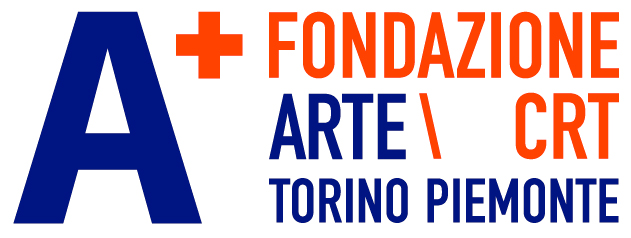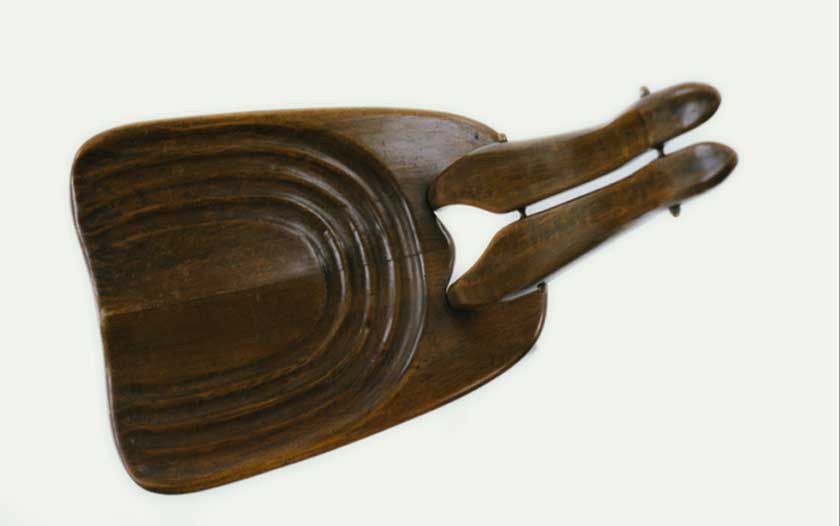When speaking of his art and his way of relating it to form, Starling has compared his process of constructing the work to a sort of “genetics of sculpture” (“Conversation, Simon Starling, Danilo Eccher,” in Simon Starling, Milan: Electa, 2007). The definition is groundless unless one considers that much of his work concentrates on processes that allow one to extract from an object with specific functions another object with different but efficient possibilities of use.
The technical origin of the process is wedded to a conceptual attitude that, in the passage from one form to the other, entails a continuous store of information, facts, and historical coincidences that form, through accumulation, both the supporting structure of the work and its interstitial aspects. [...]


